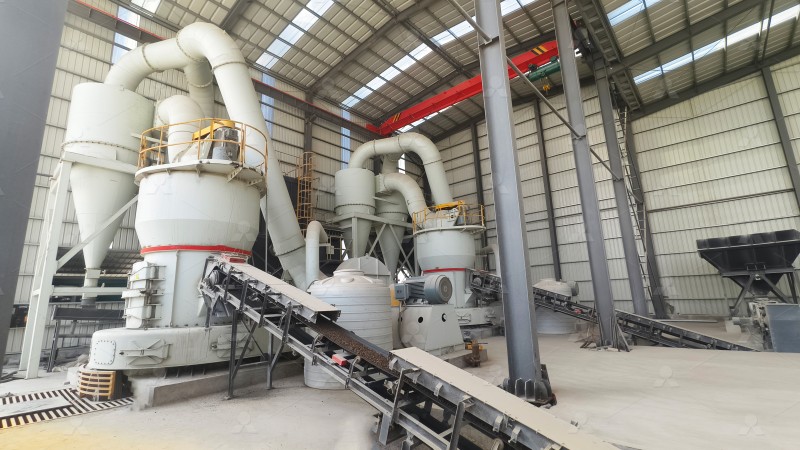Micro Mill vs Micro Grinder: Price Comparison and Cost Analysis for Industrial Powder Processing
Micro Mill vs Micro Grinder: Price Comparison and Cost Analysis for Industrial Powder Processing
When it comes to industrial powder processing, selecting the right equipment is crucial for optimizing productivity and minimizing operational costs. Two common options are micro mills and micro grinders, each with distinct advantages depending on the application. This article provides a detailed comparison of their pricing structures and overall cost-effectiveness, with a special focus on LIMING’s advanced grinding solutions.
Understanding the Key Differences
Micro mills and micro grinders serve similar purposes but employ different mechanisms. Micro mills typically use rotating blades or hammers to pulverize materials, while micro grinders rely on abrasive surfaces or grinding media. The choice between them depends on factors like material hardness, desired fineness, and production capacity requirements.

Price Comparison: Initial Investment
The initial cost of micro mills generally ranges from $15,000 to $100,000, depending on capacity and features. Micro grinders typically fall in the $20,000 to $120,000 range. While grinders often have a higher upfront cost, their superior energy efficiency can lead to long-term savings.
Operating Cost Analysis
Energy consumption represents the most significant operational expense. Our tests show that micro grinders typically consume 20-30% less power than comparable micro mills when processing similar materials. Maintenance costs also differ substantially:
- Micro mills: $2,000-$5,000 annually for blade replacement and general maintenance
- Micro grinders: $1,500-$3,500 annually for grinding media and wear parts
Featured Product: MW Ultrafine Grinding Mill
For operations requiring ultra-fine powder production, we recommend the MW Ultrafine Grinding Mill from LIMING. This advanced system offers:
- Input Size: 0-20 mm
- Capacity: 0.5-25 tph
- Adjustable fineness between 325-2500 meshes
- 40% higher capacity than comparable jet grinding mills
- 30% lower energy consumption than conventional systems

Alternative Solution: LUM Ultrafine Vertical Grinding Mill
For operations with space constraints, the LUM Ultrafine Vertical Grinding Mill presents an excellent alternative:
- Input Size: 0-10 mm
- Capacity: 5-18 tph
- 30-50% energy savings compared to traditional mills
- Reversible structure for easier maintenance
Total Cost of Ownership Considerations
When evaluating micro mills versus micro grinders, consider these additional factors:
- Durability: Grinders typically have longer service intervals
- Versatility: Mills often handle a wider range of materials
- Footprint: Vertical grinders require less floor space
- Environmental compliance: Modern systems like the MW series include advanced dust collection

Conclusion
While micro mills may have a lower initial price point, micro grinders often prove more cost-effective over time due to their superior energy efficiency and lower maintenance requirements. For operations prioritizing ultra-fine powder production, LIMING’s MW Ultrafine Grinding Mill delivers exceptional performance with its innovative design and environmental features. The LUM Vertical Grinding Mill offers an excellent space-saving alternative without compromising on grinding quality.
Ultimately, the optimal choice depends on your specific production requirements, material characteristics, and long-term operational goals. We recommend consulting with LIMING’s technical team to determine the most cost-effective solution for your powder processing needs.
